
Discover Nantes: 10 Tips for the Creative Metropolis on the Loire
Nantes surprises: Between its medieval castle, green oases, and vibrant art scene, the city located at the mouth of the Loire River has established itself as a creative metropolis. Especially in summer, the event Le Voyage à Nantes captivates visitors. Then, artworks in public spaces and installations transform the city into one large open-air museum. But even outside this time, it’s worth discovering Nantes with its diverse attractions and relaxed atmosphere – our tips show you how.
Nantes Attractions at a Glance
Nantes is located at the lower course of the Loire, just a few kilometers from the Atlantic Ocean, and is considered the gateway to Brittany. Once one of France’s most important port cities, the sixth-largest city today impresses with youthful flair and a vibrant cultural scene. To help you get oriented, I’ve marked the most important spots and attractions on the map. And perhaps the following tips will spark your own personal “voyage à Nantes.”
From the Duke’s Castle to the Mechanical Elephant – Here Are Our Top Nantes Tips
1. Time Travel at Château des Ducs de Bretagne
The impressive “Castle of the Dukes” in the heart of the old town was once the residence of the Breton dukes and later a royal fortress. Today it houses the city museum, which tells the turbulent history of Nantes in a modern and interactive way – from its heyday as a port city through the slave trade to industrial development. A visit is worth it! The short walk along the mighty castle walls also offers beautiful views of the old town and the cathedral.
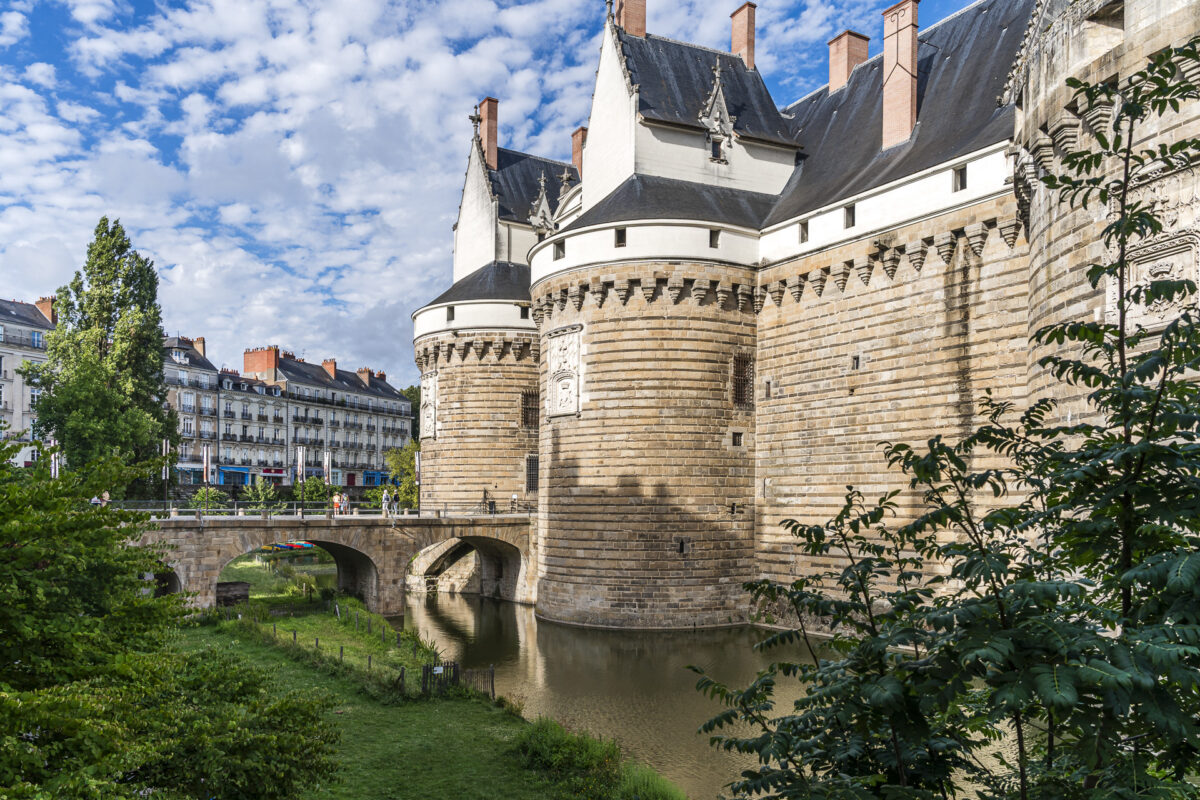
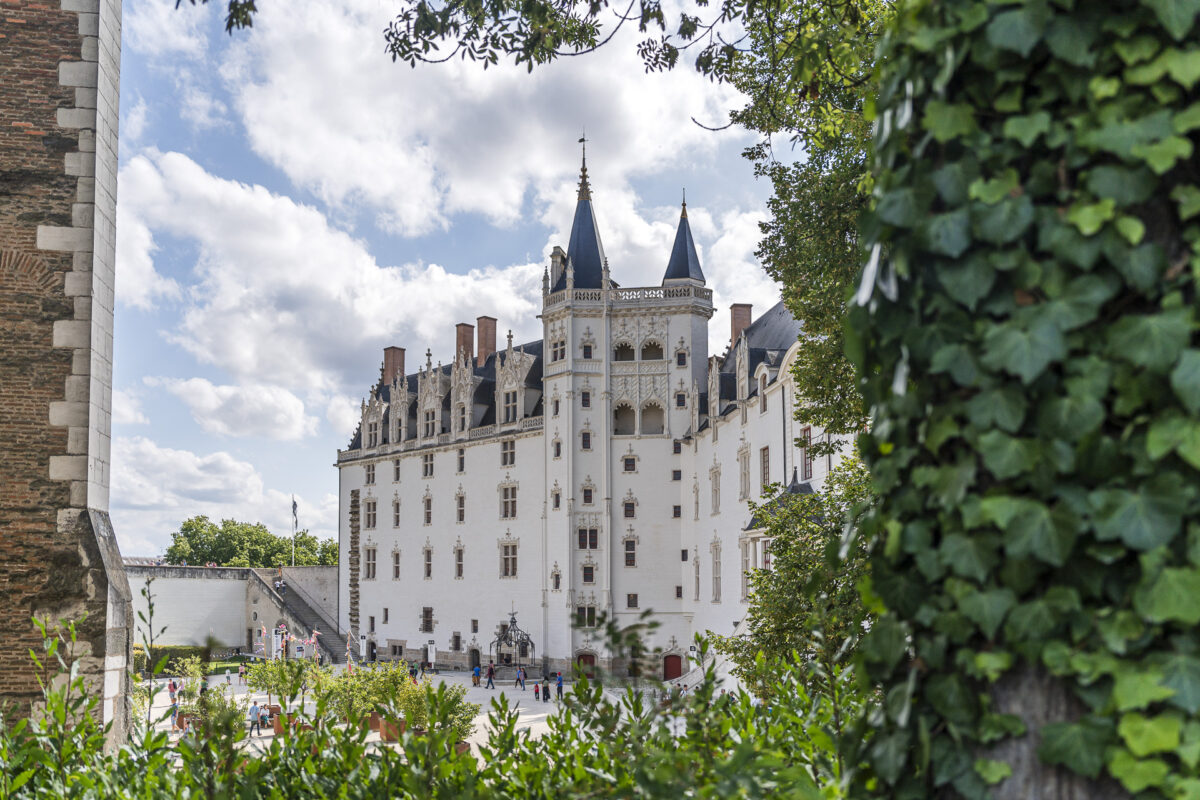


Access to Château des Ducs de Bretagne: Inner courtyard and castle walls daily from 8:30 a.m. to 7:00 p.m. (July 1 through August 31 until 8:00 p.m.). Museum access Tuesday through Sunday 10:00 a.m. to 6:00 p.m. (closed Mondays) | regular admission 9 euros, reduced 5 euros or free with the Nantes City Card | more information: chateaunantes.fr
2. Follow the Green Line Through Nantes
The “green line” is the simplest and most playful way to discover Nantes. It leads you not only to the obvious attractions, but also to artworks and installations in rather unexpected places. Every summer, the route is newly featured as part of the “Le Voyage à Nantes” event, though many works remain permanently – such as the “Jungle Intérieure” by French artist Evor, who has created a surprising oasis in the middle of the old town with native and exotic plants. For me personally, one of the most fascinating places in the old town. You can hardly miss the green line: sooner or later it crosses your path and invites you to follow it further.

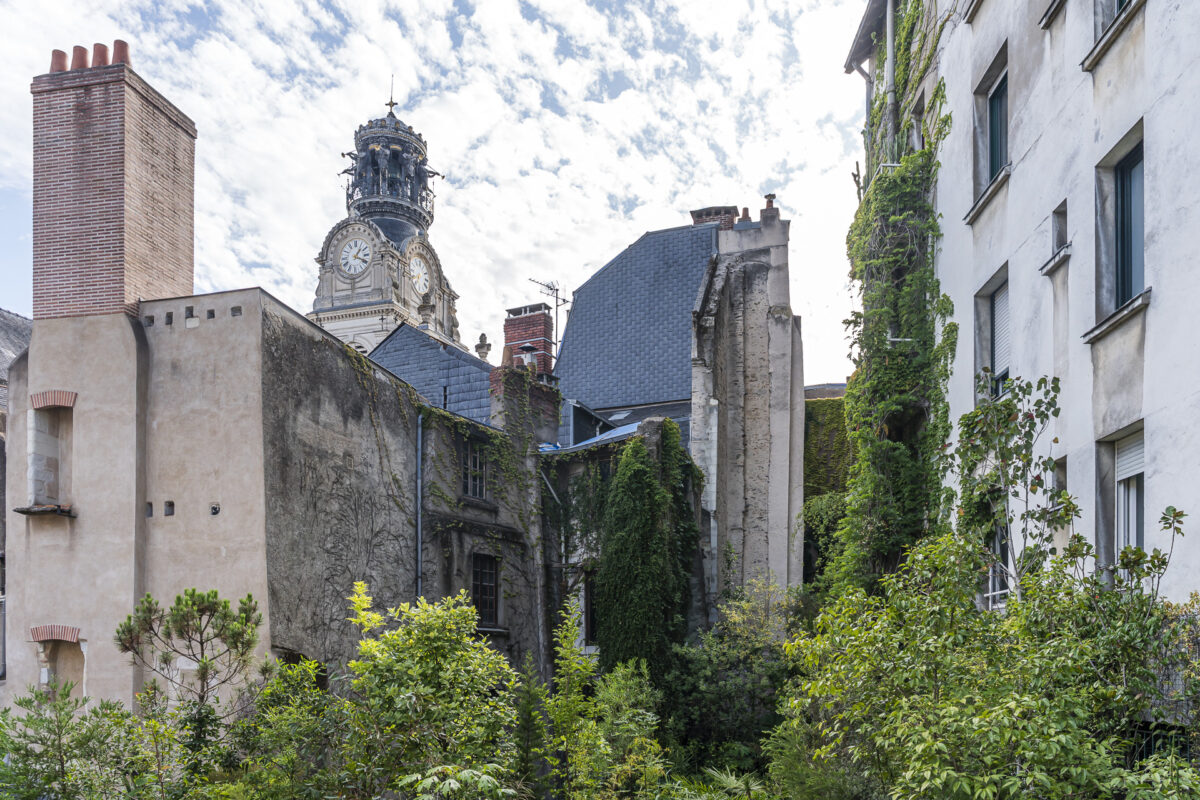
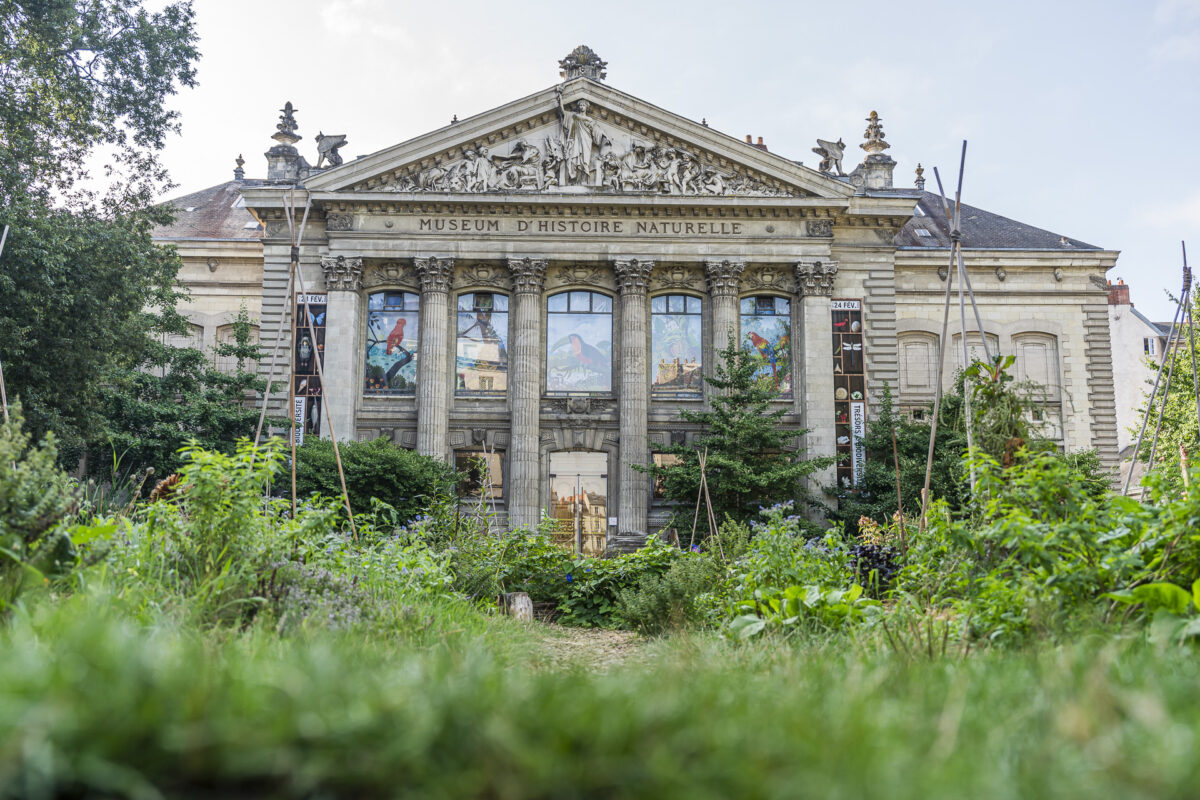
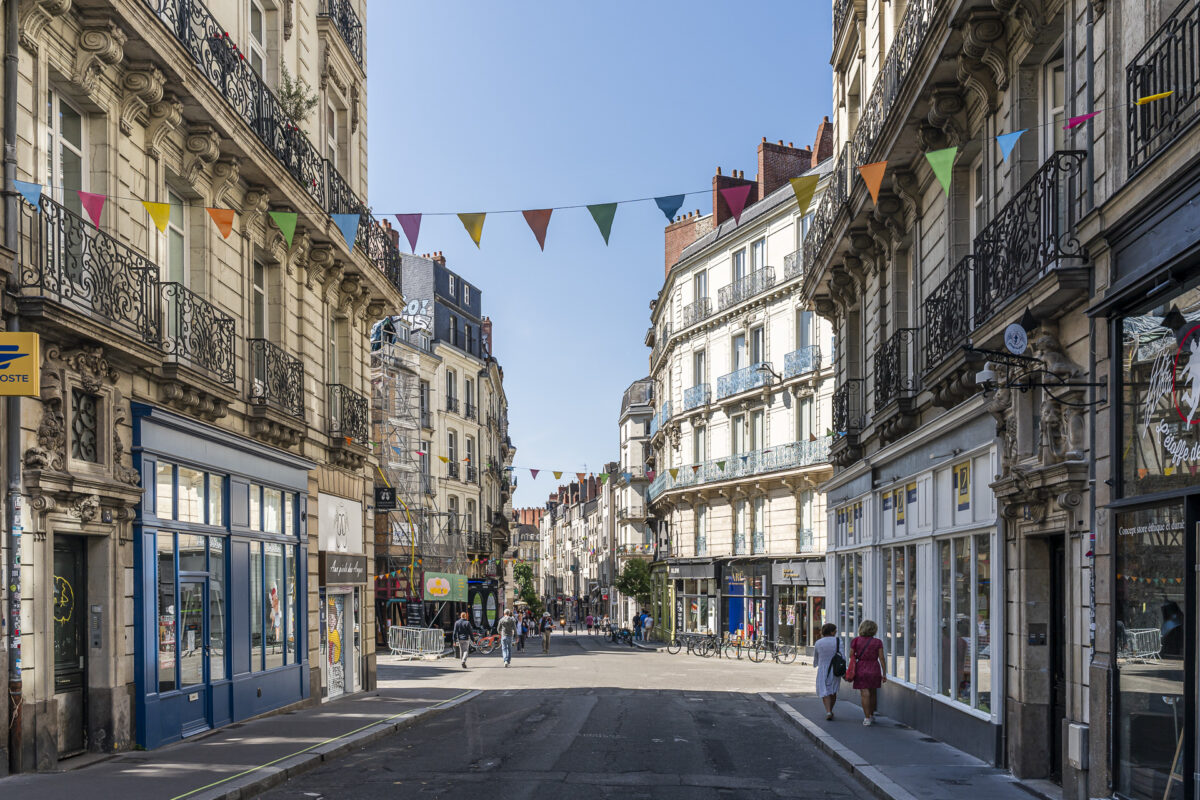
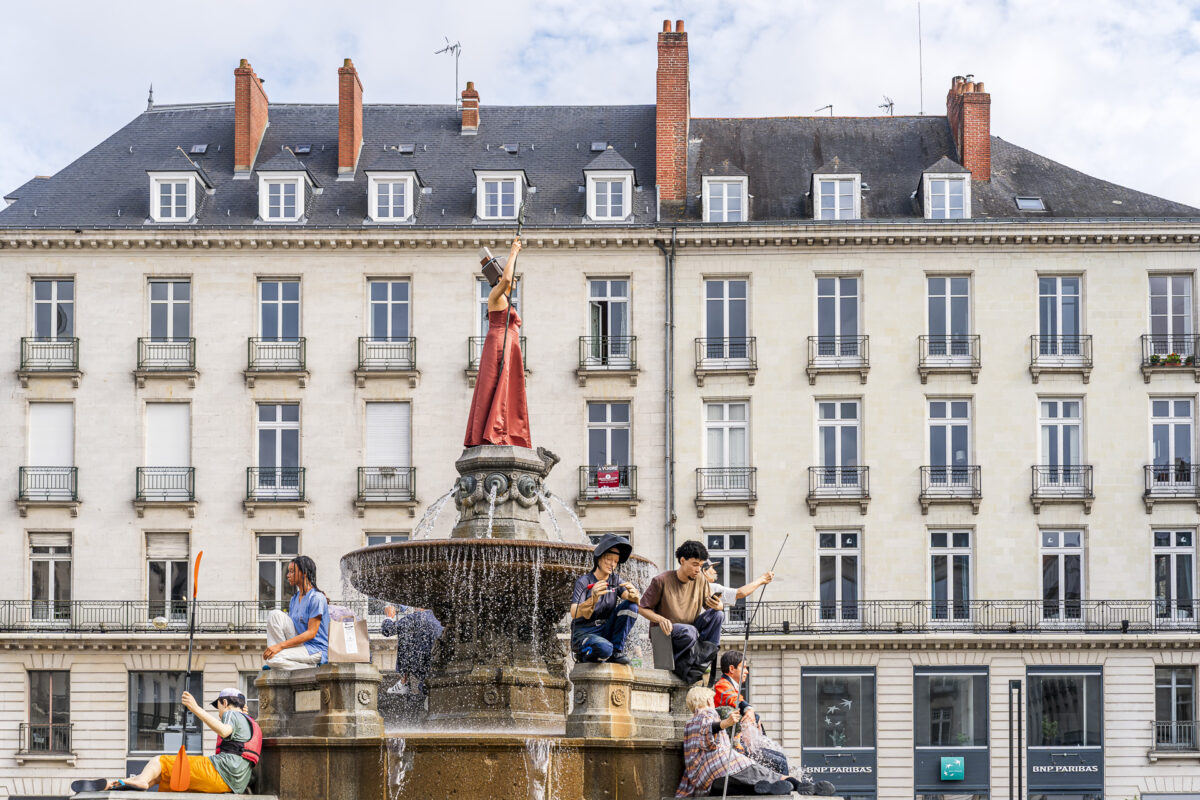
Access to the Green Line: open year-round | Length approximately 12.4 miles (varies slightly depending on the annual program) | Find a map showing the route here: levoyageanantes.fr
3. Discover Art in Public Spaces
Sculptures and contemporary installations shape the public space of Nantes. Some are so monumental that you can hardly pass them by, while others integrate subtly into the urban landscape and surprise you upon second glance. Every summer, the “Le Voyage à Nantes” event brings new artworks to the city, some of which remain permanently. In this way, Nantes transforms year after year into an ever-growing open-air museum – and there’s always something new to discover. We also found it interesting to observe how many visitors specifically travel to Nantes in July and August to see the current works.
The art project also extends beyond city limits: Along the approximately 37-mile Loire estuary stretching to Saint-Nazaire runs the “Estuaire” route with over 30 artworks. One of them is Roman Signer’s “La Pendule.” If you have a bit more time, you can easily explore the route as part of a day trip by bicycle.

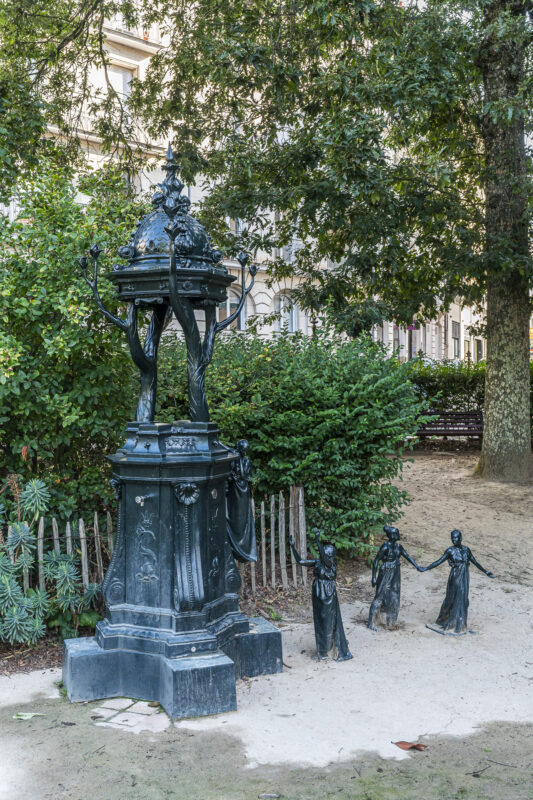

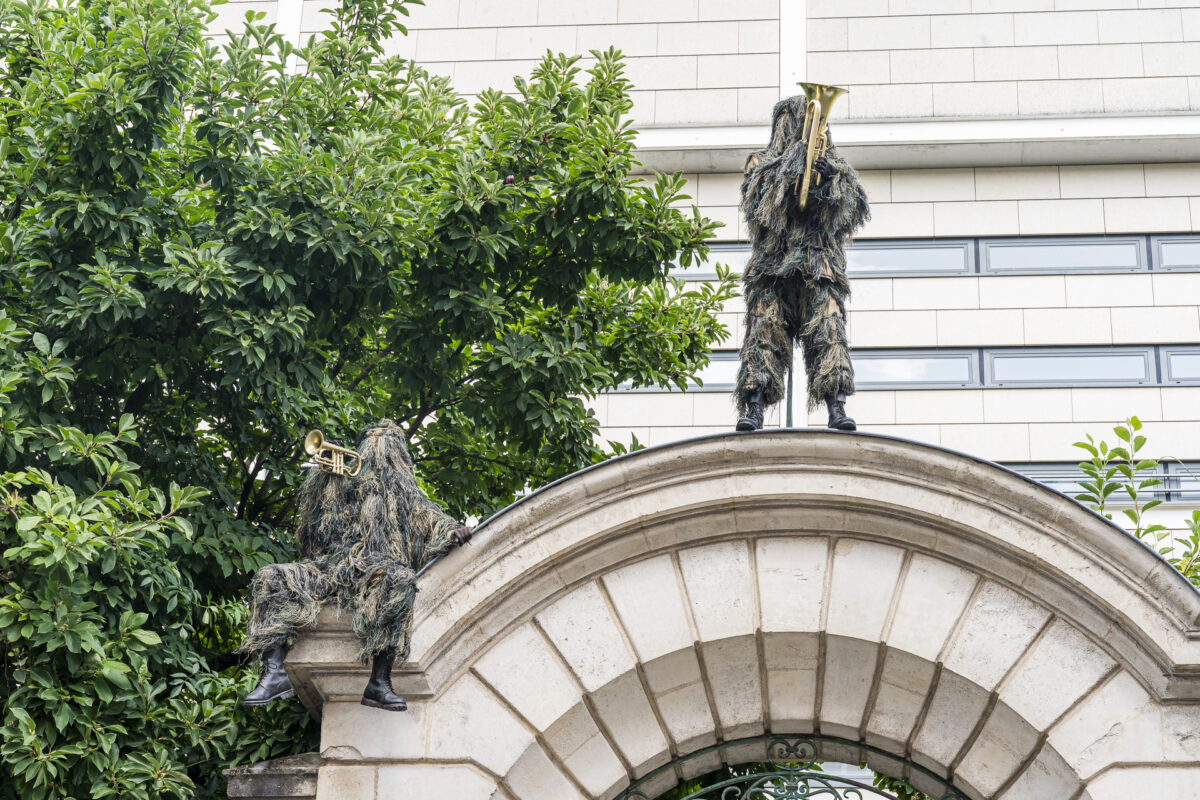
The next “Le Voyage à Nantes” will take place from early July through late August 2026.
4. Architectural Gem Passage Pommeraye
Passage Pommeraye is considered one of the most beautiful shopping arcades in France. This three-story structure from the first half of the 19th century, built after Parisian models, impresses with its elegant staircase, artistic sculptures, and wrought-iron railings. Today, stylish boutiques and cafés line the passage.
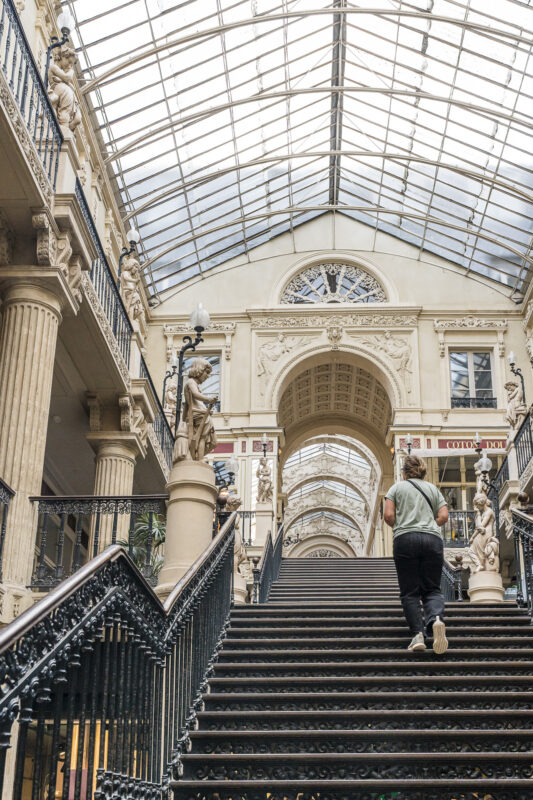

Access to Passage Pommeraye: Passage between Rue de la Fosse and Rue Santeuil | open daily from 8:00 a.m. (Monday-Friday) or 9:00 a.m. (Saturday-Sunday) until 8:00 p.m. | free admission
5. Experience Museum Diversity
Nantes has plenty to offer for culture enthusiasts. Particularly impressive is the Musée d’Arts de Nantes, which reopened in 2017 after comprehensive renovations. Here you can admire works from the 13th century to the present, complemented by carefully curated special exhibitions. But a visit is worthwhile just for the impressive architecture!
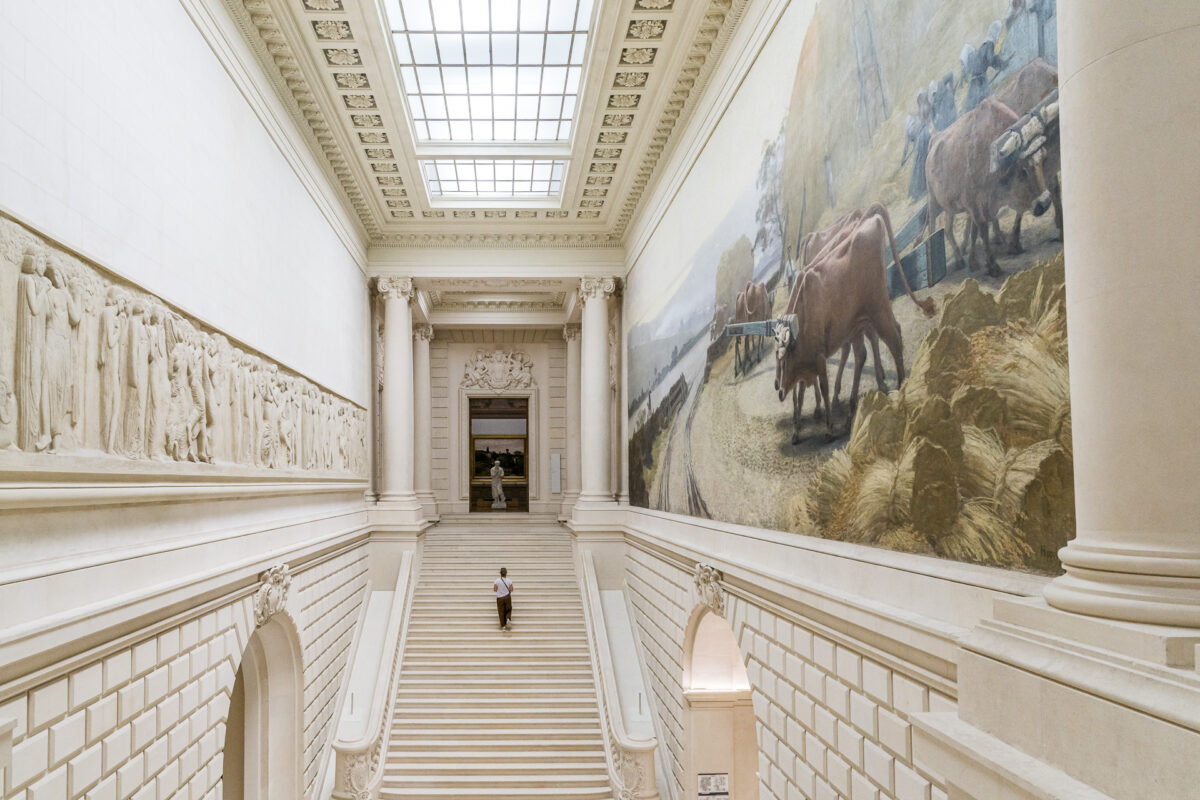
Also worth a visit is the Musée Dobrée. The complex includes three buildings – the Dobrée mansion, a 15th-century manor house, and two extensions from the 20th and 21st centuries. The extensive collection spans 500,000 years of history. One of the museum’s most famous objects is the reliquary containing the heart of Anne of Brittany.
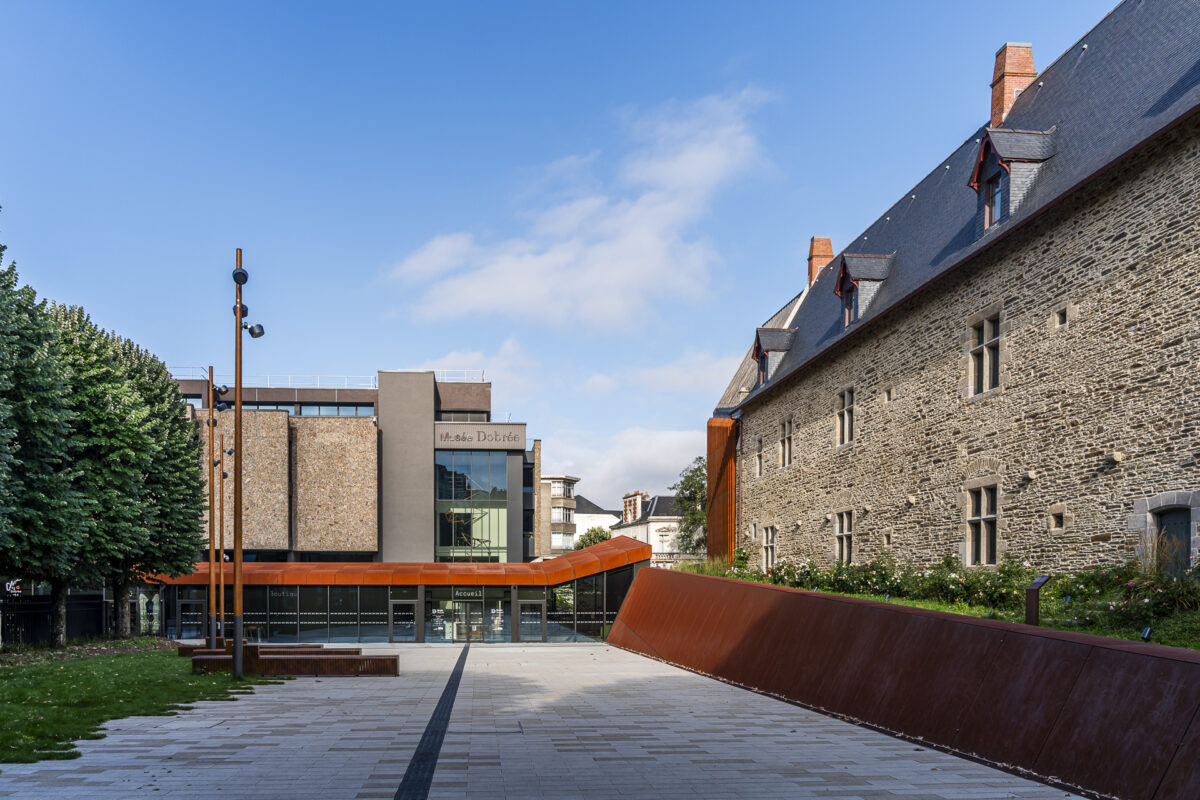
The Jules Verne Museum is dedicated to the writer born in Nantes. In addition to his famous works, it displays books, manuscripts, illustrations, and personal items, offering fascinating insights into the author’s life.

Opening hours and prices:
Musée d’Arts: Wednesday-Monday 11:00 a.m. – 7:00 p.m. (Thursday until 9:00 p.m.), closed Tuesdays | regular admission 9 euros, Thursday evenings and 1st Sunday of the month free
Musée Dobrée: Wednesday-Sunday 10:00 a.m. – 7:00 p.m., closed Monday-Tuesday | regular admission 7 euros
Musée Jules Verne: Wednesday-Monday 2:00 p.m. – 6:00 p.m. (Saturday also 10:00 a.m. – 12:00 p.m.), closed Tuesdays| regular admission 4 euros
All three museums can be visited free with the Nantes City Card – opening hours may vary in July/August
6. Green Spaces Around Every Corner for a Breather
Nantes was honored in 2013 as the second European Green Capital for its commitment to sustainable urban development. The “green” is impressively visible in the cityscape today: More than 100 parks, gardens, and green spaces create oases for strolling, relaxing, and playing. The transformation and traffic calming of the boulevards along the Loire also demonstrate how green spaces are consistently incorporated here – and how much they contribute to the quality of public spaces.
Those who follow the green line will also pass these three notable public park areas.

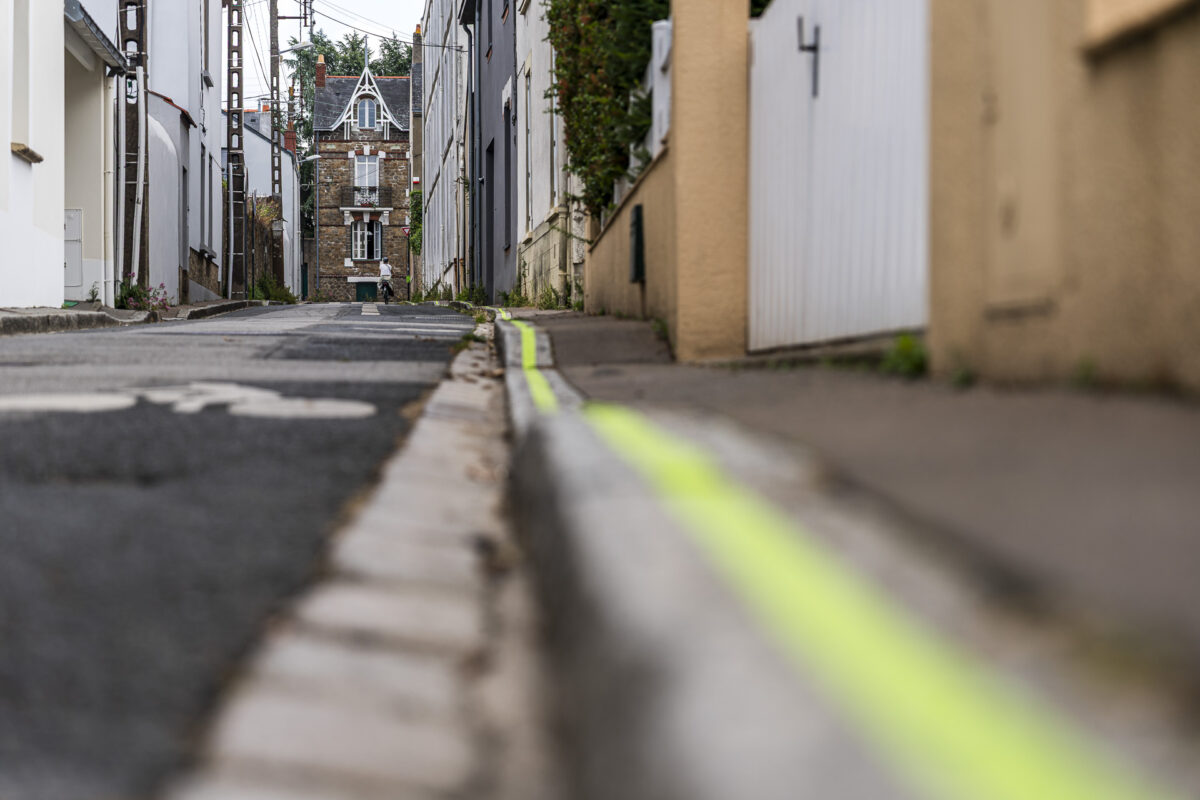
Jardin Extraordinaire
The Jardin Extraordinaire, laid out in a former granite quarry on the Loire’s shore, is also award-winning. With its rock faces, a tall waterfall, and tropical plants like palms and banana plants, it lives up to its name. In 2021, it received the European Green Cities Award. A visit combines well with a trip to the Jules Verne Museum, as the writer’s works inspired landscape architect Loïc Mareschal’s design.

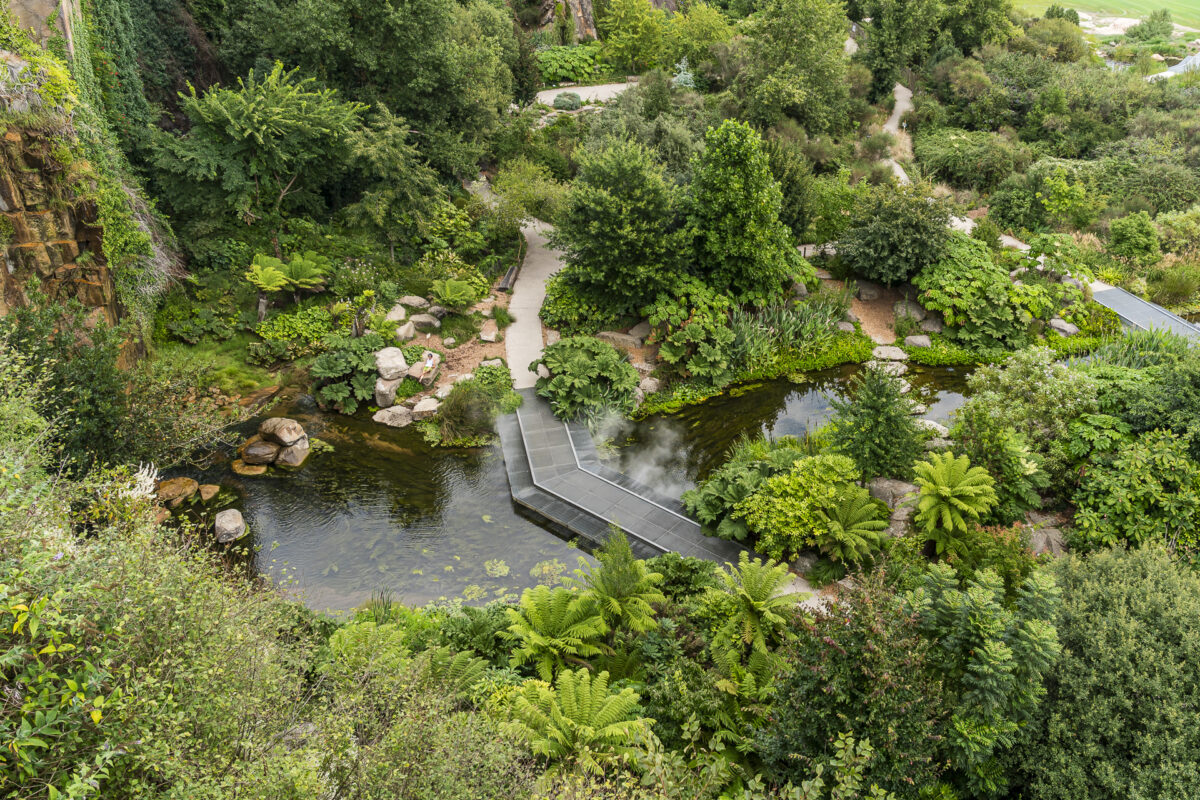
Île de Versailles
The small garden island of Île de Versailles in the heart of the city offers a touch of the exotic. A stroll here leads through a Japanese-inspired tea garden.
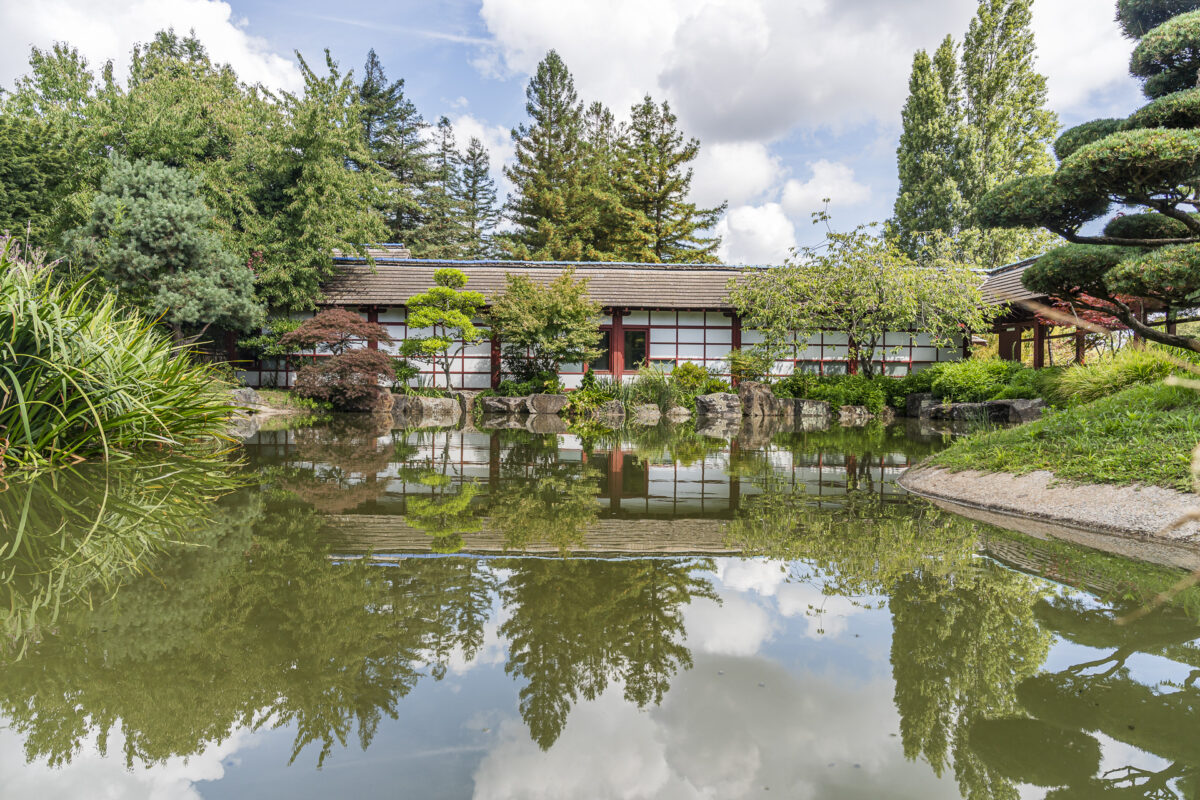
Jardin des Plantes
The “Jardin des Plantes,” located directly at the train station and spanning over 17 acres, is one of France’s largest botanical gardens. More than 10,000 plant species thrive here. A wonderfully relaxed atmosphere that invites you to find a comfortable park bench and watch the hustle and bustle around you.

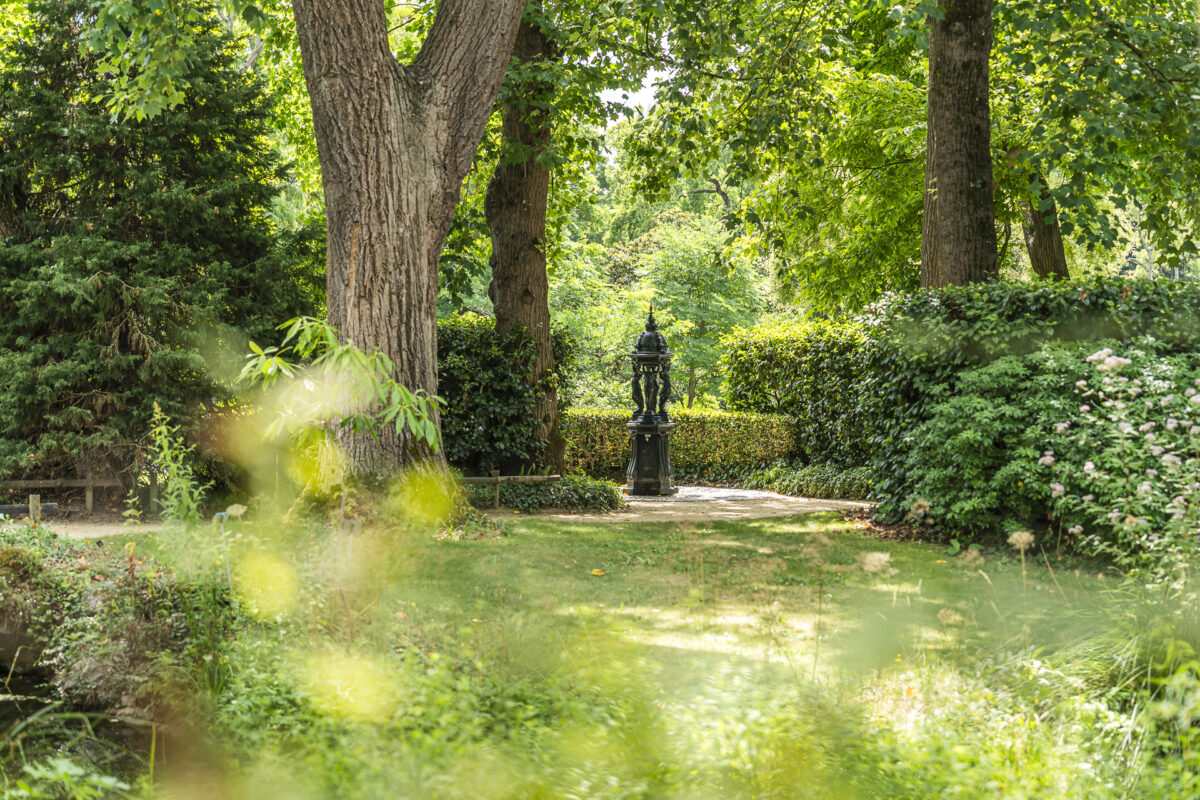
7. Take a Culinary Tour
Nantes also has plenty to offer culinarily. The Marché de Talensac features stalls with fresh fish, seafood, and regional specialties. These naturally include the Muscadet white wine and the Curé Nantais, a raw milk cheese from Pornic. Did you know that the famous Petit-Beurre biscuits originated here? They were produced in the mid-19th century at the LU factory. The former cookie factory is now known as the cultural center Le Lieu Unique. One of the two LU towers still shapes the cityscape and can also be visited.
We were also surprised by the coffee scene. If you’re into specialty coffee, Nantes has some truly recommendable spots.

We’ve marked all our culinary tips on the map above. We particularly enjoyed the atmosphere at Little Atlantic Brewery and the crêperie Le Milan & Le Rossignol. Also worth seeing is the historic interior of the brasserie La Cigale – and although the place seems somewhat touristy, we ate well here.



8. Pause at Quai de la Fosse
On the Loire’s shore, Nantes shows its maritime side. This is where trading ships once docked, bringing prosperity to the city, but also marking the dark chapter of the slave trade. Since 2012, the Mémorial de l’abolition de l’esclavage (Memorial to the Abolition of Slavery) commemorates this. The memorial illuminates the transatlantic human trade from a global perspective and, with striking statistics and historical milestones, reveals the long struggle against slavery and exploitation.

Passerelle Victor-Schoelcher, Quai de la Fosse | open daily from 9:00 a.m. – 6:00 p.m. (or 8:00 p.m. in the summer months) | free admission
9. Visit Colorful Trentemoult
Just a short boat ride from the city center lies the former fishing village of Trentemoult. Colorful houses, small studios, and cozy cafés give the winding streets a special charm. The trip is worthwhile for a relaxed stroll as much as for a break on the Loire’s shore, where you can happily linger for a few hours.
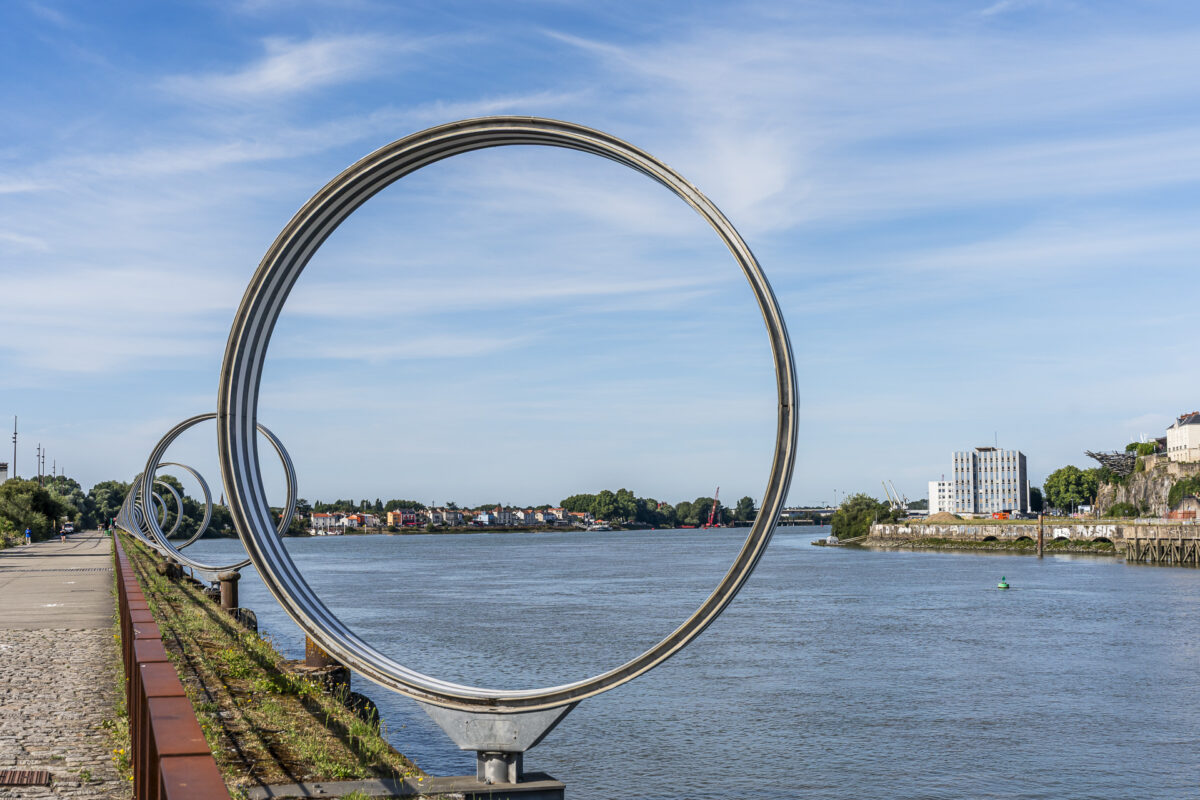


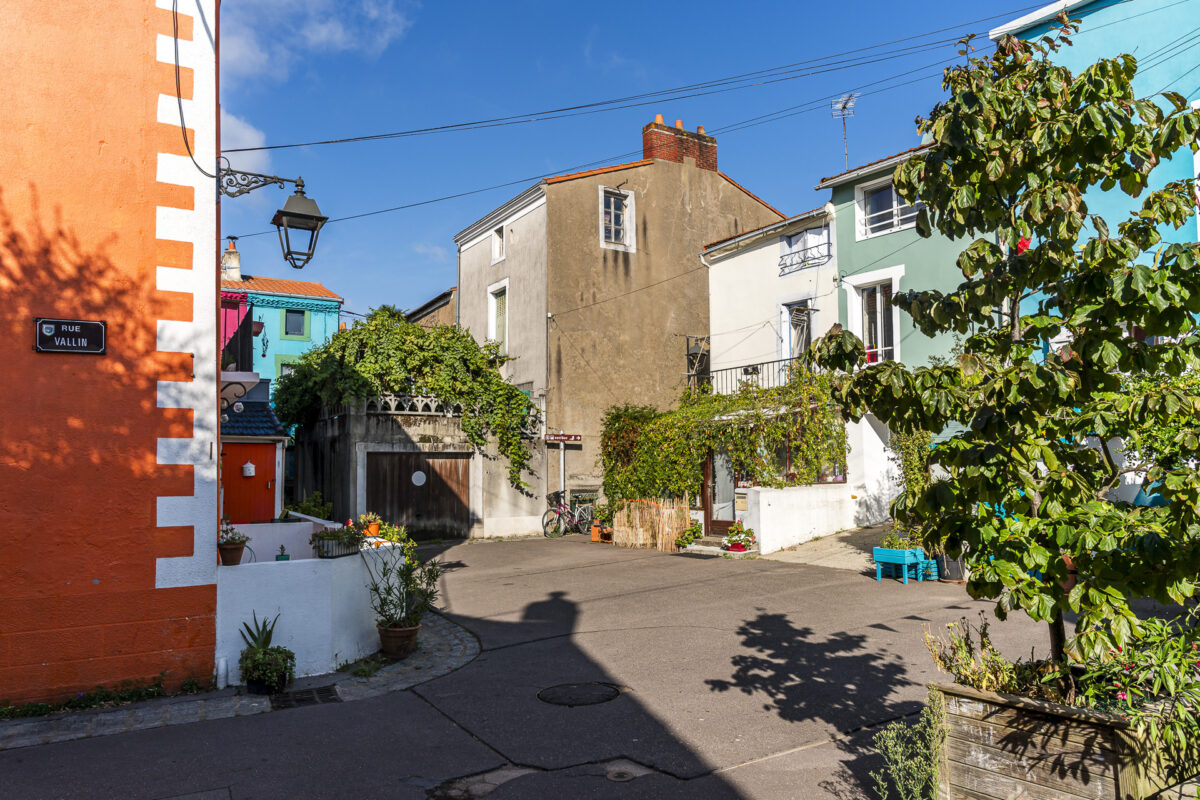
Access to Trentemoult: Navibus line N1 from Gare Maritime, departures every 20 minutes, travel time approximately 10 minutes | single trip 1.80 euros (valid for 1 hour), public transportation included in Nantes City Card – on Saturday and Sunday, public transportation is free for everyone
Extra tip: A 30-minute walk (or 20-minute bus ride) from Trentemoult stands the Cité radieuse de Rezé, one of five residential high-rises designed by Le Corbusier. The building was constructed between 1953 and 1955 and was the second “Unité d’Habitation” by the architect after the iconic one in Marseille.
10. Creative Hotspot Île de Nantes
The Machines de l’Île have transformed the former shipyard into a fantastic destination. The giant mechanical creatures come from the workshop of François Delarozière and Pierre Orefice, who drew inspiration from Jules Verne, Leonardo da Vinci, and Nantes’ industrial past. For fifteen years, the 39-foot-tall mechanical elephant has been the main attraction: with up to 52 passengers on board, it stomps gently through the waterfront and sprays water from its trunk. In the large machine hall, new fantastical creatures are constantly being created that visitors can experience up close. Nearby, the three-story “Carrousel des Mondes Marins” takes you into an underwater world full of bizarre sea creatures – a highlight for families and anyone young at heart.
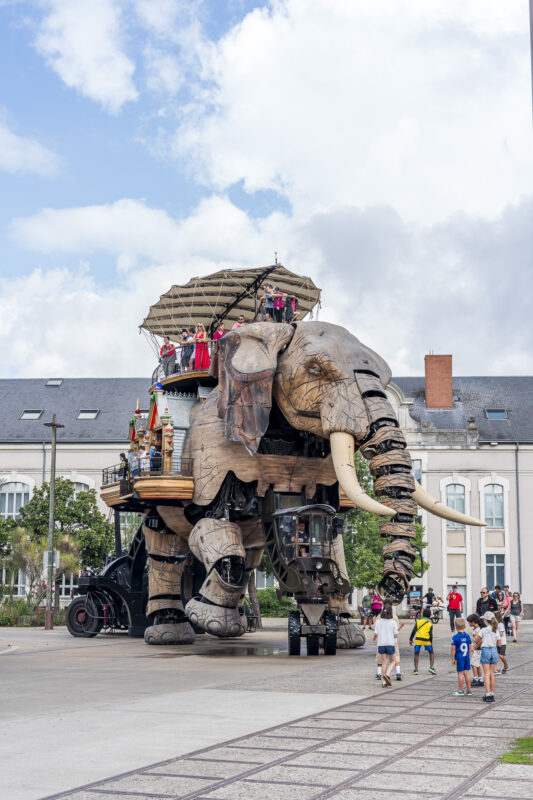
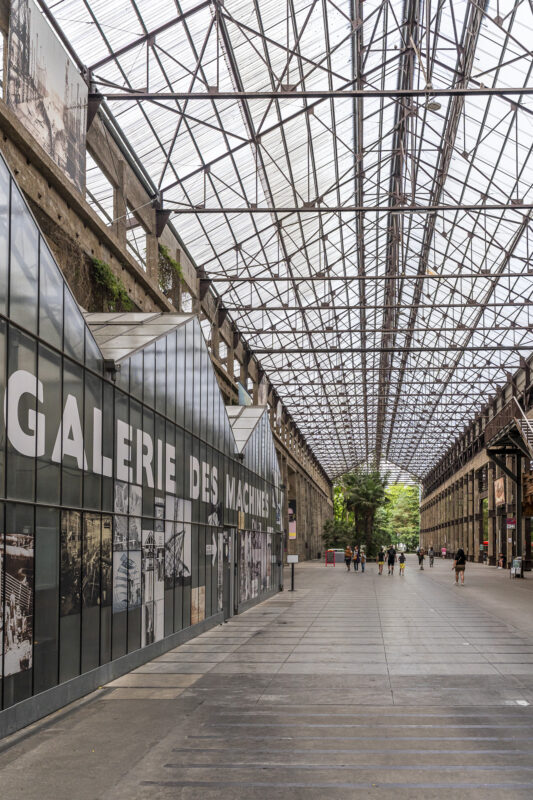
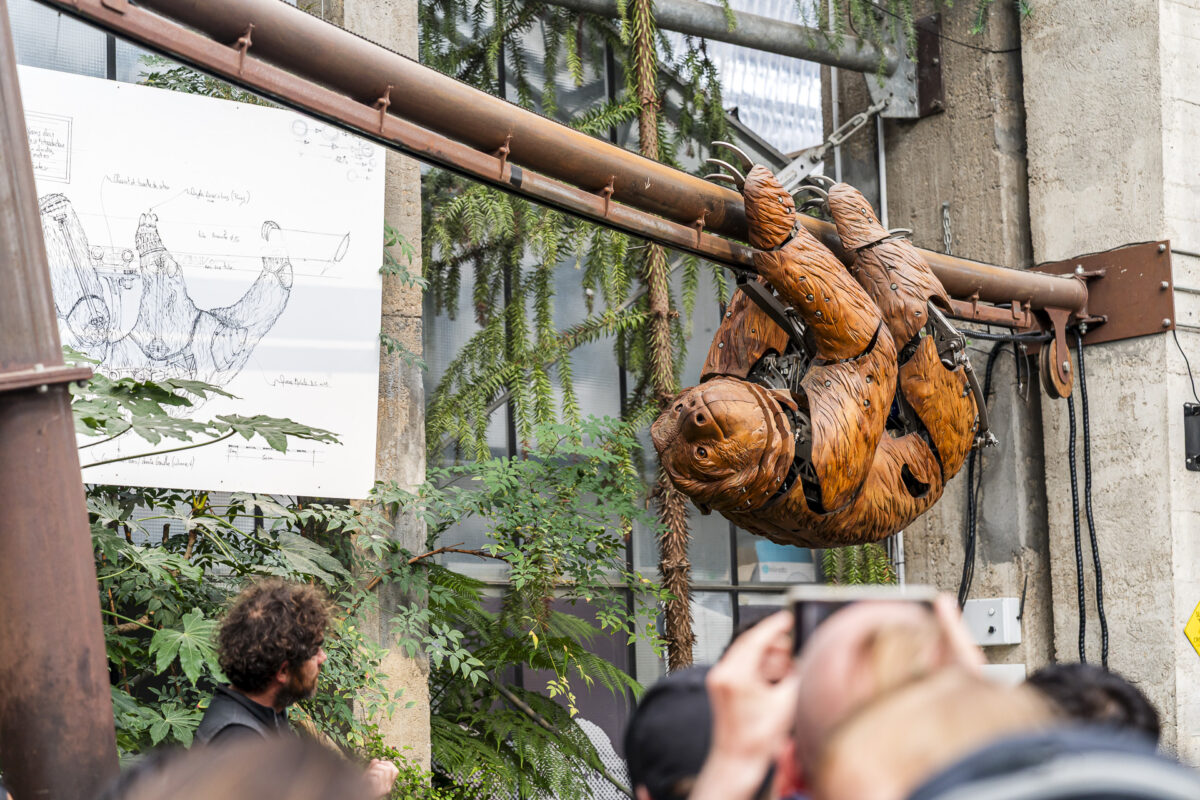

Access to Machines de l’Île: Generally Tuesday through Sunday 10:00 a.m. to 7:00 p.m., closed Mondays (varies depending on activity (gallery, carousel, elephant) and season) | regular admission from 12 euros, children 8 euros or free with the Nantes City Card | more information: lesmachines-nantes.fr | Tip: Definitely reserve time slots in advance
But Île de Nantes is not just home to the machines. Creative studios, modern architecture, galleries, and innovative building projects have transformed the former industrial area into a hotspot for urban culture. Walking around here, you feel how Nantes has carried its industrial charm into the present with great dedication and creativity.
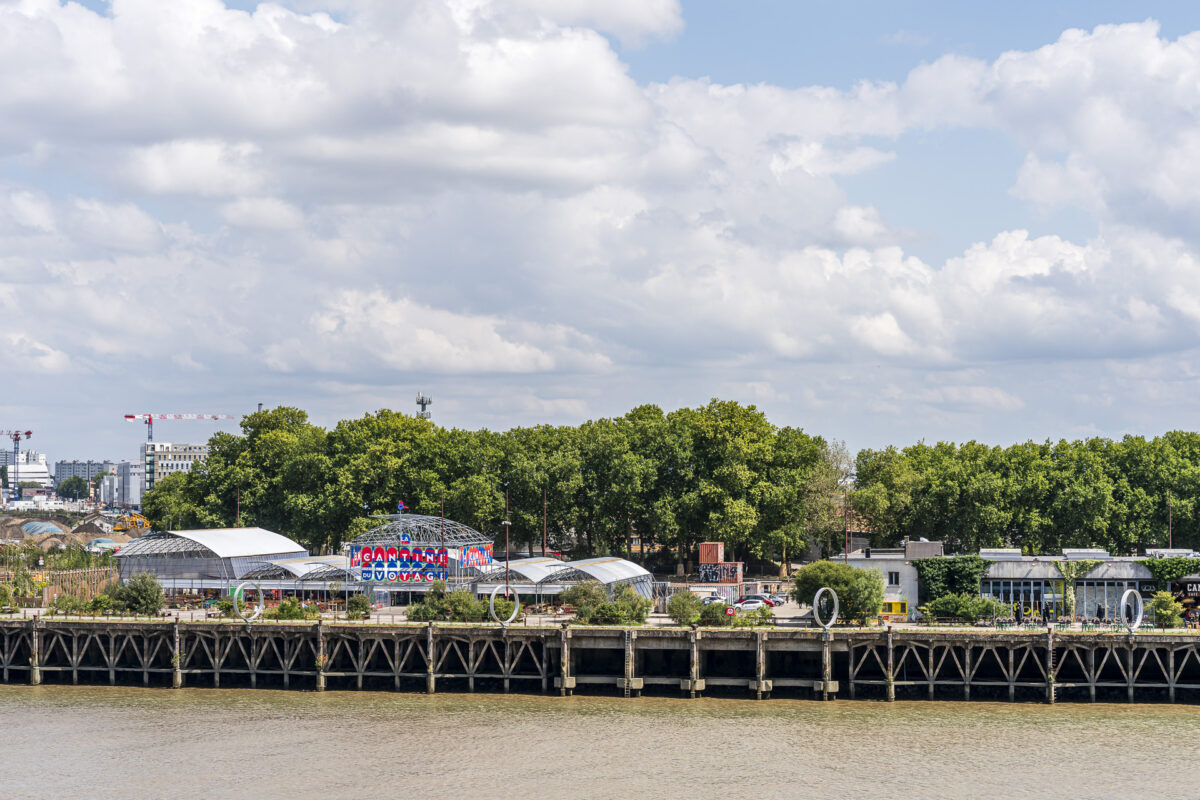
The “green line” also guides you on this side of the Loire to the most interesting spots. Between striking new buildings like the Palais de Justice designed by Jean Nouvel, you can also discover an example from Jean Prouvé’s gas station series from the 1950s and 60s – a fascinating contrast between industrial history and modern architecture.

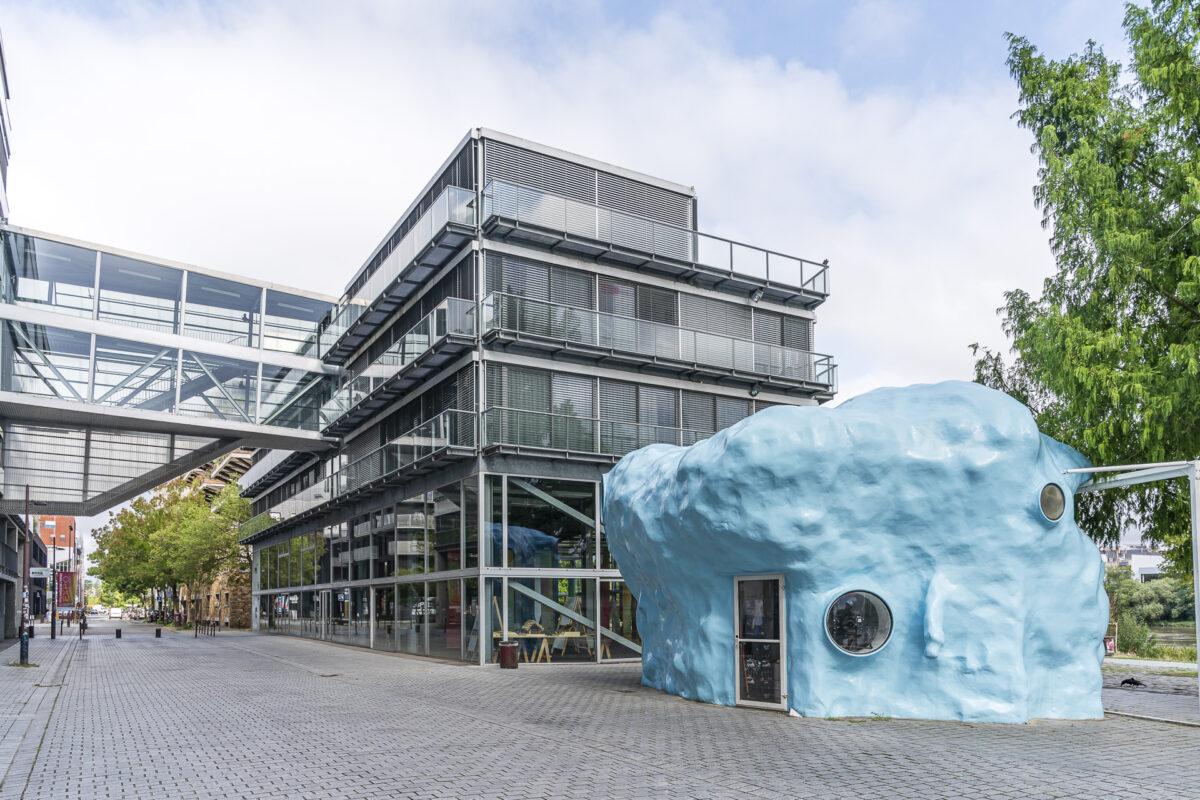

Extra tip: From mid-April through late September, a stop at Cantine du Voyage is worthwhile. The atmosphere reminded me a bit of Frau Gerolds Garten in Zurich West. The large summer restaurant works with local producers and focuses on sustainably produced, high-quality products. The menu features two daily-changing dishes – ideal for a quick snack in between.
Practical Tips for Your City Trip to Nantes
- How do I best get to Nantes?
We traveled from Zurich to Nantes by TGV. Including transfer time and a station change in Paris (approximately 1 hour, included in the schedule), the train journey takes around 7.5 hours. - When is the best time to visit Nantes?
Nantes really shines in the warmer half of the year. I recommend a city trip to Nantes between April and October. Of course, the most is happening in July and August during the “Le Voyage Nantes” event. - How many days should I plan for Nantes?
Two days are enough for the main attractions. If you want to visit several museums or take excursions to the surrounding area, plan three to four days. We spent a total of three nights and 3.5 days on site and thought it was great. - How do I best get around Nantes?
Nantes is relatively compact and has a well-developed tram and bus network. Many attractions are also easily accessible on foot. During our stay, we also rented an e-bike from the bike rental company Paulette Nantes (20 Bd de Berlin, directly behind the train station). - What is the Nantes City Pass?
The pass is valid for 24, 48, or 72 hours and includes public transportation, free admission to many museums, and discounts on other attractions. Find more information here: Nantes City Pass. - Where should I stay in Nantes?
For a city trip, accommodations in the center are ideal – we stayed at the centrally located Oceania Hotel at Place Graslin. - Is Nantes family-friendly?
Yes, we found Nantes to be very family-friendly. The parks have numerous play areas, and with the Machines de l’Île – the giant mechanical elephant and the fantastical carousel – there are attractions that delight children as well.
Note: This trip was supported by Les Voyages à Nantes. All impressions and opinions are, as always, our own.


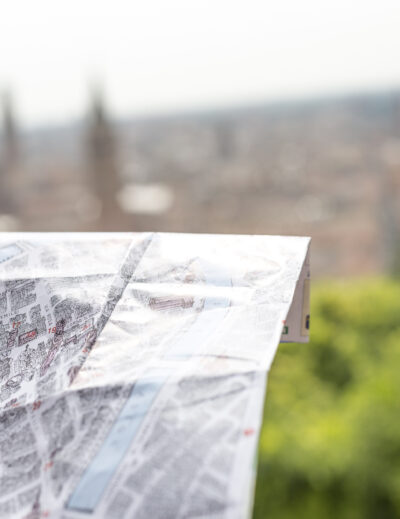

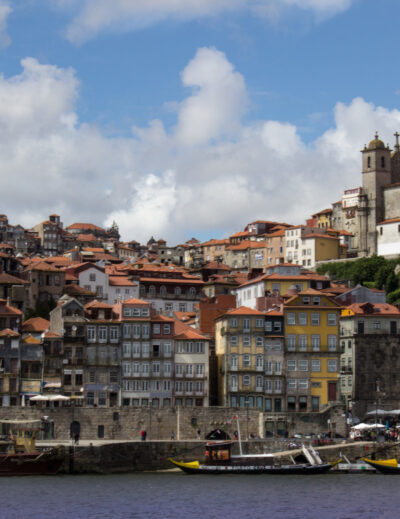
Leave a Reply